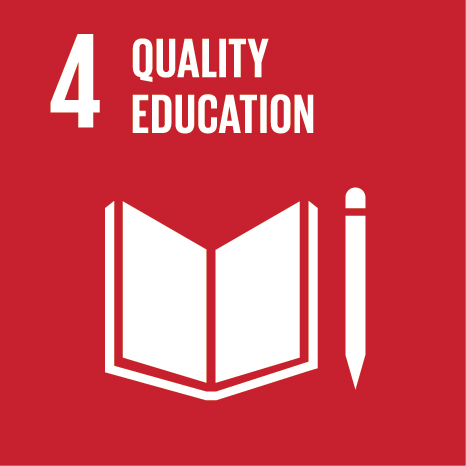 +265(0)111 624 222
+265(0)111 624 222 research@unima.ac.mw
research@unima.ac.mw Chirunga-Zomba, Malawi
Chirunga-Zomba, Malawi
Parental Perceptions of Environmental Factors on Preschoolers’ Outdoor Play in 19 Low-Income, Middle-Income, and High-Income Countries
Abstract
Background: Environmental factors influence children’s development. However, their impact on outdoor play among children from international settings remains understudied. This study examined associations between parent perceptions of environmental factors and outdoor play among an international sample of preschool-aged children. Methods: Data were sourced from the pilot phases of the SUNRISE International Study of Movement Behaviors in the Early Years. Parents completed a questionnaire about their child’s outdoor play and environmental factors that influenced their child’s participation in outdoor play in the past 3 days. Results: 1855 children from 19 countries (16 low- and middle-income countries) were examined. Heat (−25.6; 95% CI, −44.6 to −6.6), cold (−26.9; 95% CI, −45.9 to −8.4), and rain (−24.8; 95% CI, −43.3 to −6.6) were negatively associated with weekday outdoor play. Cold (−41.2; 95% CI, −62.4 to −20.0) and social instability (−40.7; 95% CI, −61.5 to −20.3) were negatively associated with weekend outdoor play. Playing at friend’s or relative’s homes (29.5 [95% CI, 18.6 to 40.5]; 37.9 [25.6 to 50.4]), greenspaces (23.1 [95% CI, 9.6 to 36.6]; 30.4 [95% CI, 15.1 to 45.8]), and on the street (41.4 [95% CI, 26.9 to 55.7]; 34.9 [95% CI, 18.2 to 51.3]) were associated with weekday and weekend day outdoor play, respectively. Playing on the family’s property was also associated with weekend day outdoor play (25.5 [95% CI, 18.2 to 51.3]). Conclusions: The environmental context is important to consider when developing interventions to promote outdoor play in young children across diverse international settings. Future research from representative populations is needed to confirm these findings.
| Pages (from-to) | 555-565 |
| Volume | 22 |
| Issue number | 5 |
| Publication status | Published - 2025 |
UN SDGs
This research output contributes to the following United Nations (UN) Sustainable Development Goals (SDGs)


UN SDGs
This research output contributes to the following United Nations (UN) Sustainable Development Goals (SDGs)


UN SDGs
This research output contributes to the following United Nations (UN) Sustainable Development Goals (SDGs)

